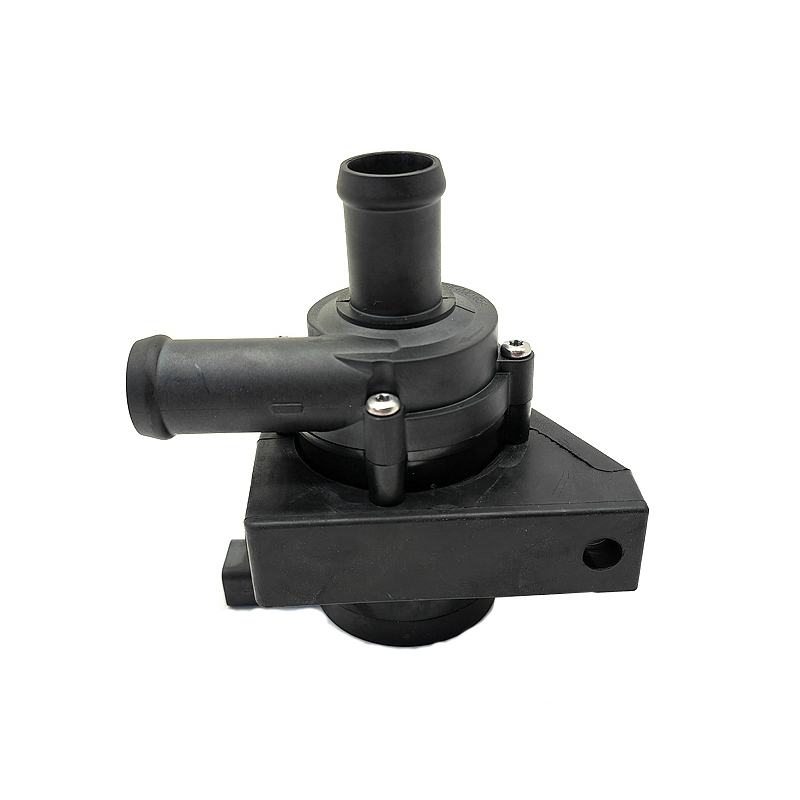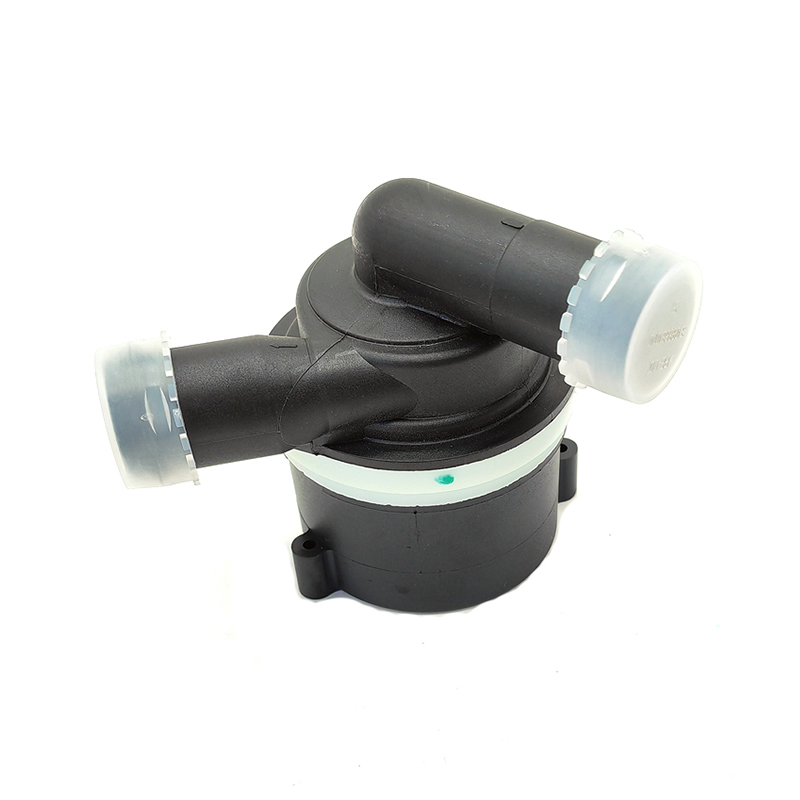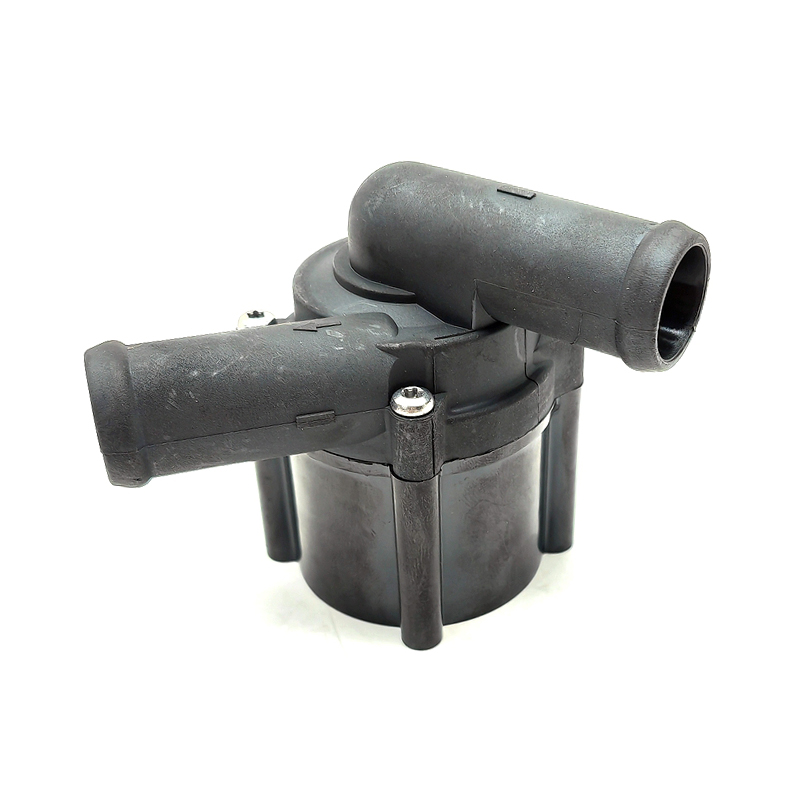Turbochargers play a significant role in improving engine performance by forcing more air into the combustion chamber. But to ensure ideal functionality, specific components like the Automobile Turbocharger Vacuum Valve and Automobile Turbocharger Mechanical Valve are essential.
What Are Turbocharger Valves?
Turbochargers increase engine performance by forcing additional air into the combustion chamber, allowing for more fuel to be burned, which in turn generates more power. However, managing the turbocharger's power output requires precise control, which is where turbocharger valves come in. The turbocharger vacuum valve and turbocharger mechanical valve are two such valves that regulate and control this process.
Automobile Turbocharger Vacuum Valve
The automobile turbocharger vacuum valve controls the wastegate of the turbocharger. The wastegate is a crucial component that helps control the amount of exhaust gas that flows into the turbocharger’s turbine. By adjusting this flow, the valve regulates the turbo’s boost pressure to prevent overboosting, which could damage the engine or reduce performance. The vacuum valve uses vacuum pressure to open or close the wastegate, ensuring that the turbocharger operates at an ideal level.
Automobile Turbocharger Mechanical Valve
The automobile turbocharger mechanical valve, unlike the vacuum valve, operates mechanically to control the exhaust flow to the turbocharger’s turbine. This valve does not rely on vacuum or electronic signals but instead uses mechanical pressure to open and close based on the exhaust gases' force. It ensures that the exhaust gases flow efficiently into the turbine, contributing to the turbocharger's ability to produce more power.

How Do These Valves Work Together?
While both the automobile turbocharger vacuum valve and the automobile turbocharger mechanical valve work independently, they complement each other to optimize turbocharger performance. The vacuum valve is responsible for controlling boost pressure, while the mechanical valve focuses on regulating the exhaust flow into the turbine.
When both valves are working in harmony, they create a balanced environment within the turbocharging system. This results in consistent power delivery, improved acceleration, and better overall engine performance. The turbocharger operates within its ideal boost range, preventing issues such as overboost, underboost, or inefficient exhaust flow.
Why Are Turbocharger Valves Important?
The importance of the automobile turbocharger vacuum valve and automobile turbocharger mechanical valve cannot be overstated. Without these valves, the turbocharger would not be able to regulate the necessary exhaust pressure and air intake. Here are the key benefits of these valves:
Improved Fuel Efficiency:
By ensuring the right amount of air and exhaust gases are fed into the turbocharger, the valves help the engine maintain ideal fuel efficiency. This leads to better miles per gallon (MPG), which is crucial for reducing fuel costs and minimizing emissions.
Increased Engine Power:
Turbochargers provide more power by forcing additional air into the combustion chamber. The valves control this process, allowing the turbocharger to produce power without compromising engine reliability. By maintaining a steady flow of exhaust gases, the automobile turbocharger mechanical valve ensures that the turbocharger operates at peak efficiency, while the automobile turbocharger vacuum valve manages boost pressure.
Prevention of Engine Damage:
Without proper regulation, a turbocharger can generate too much boost or exhaust pressure, which can cause to engine knock or even engine failure. These valves prevent overboost conditions by ensuring the system remains balanced, preventing potential engine damage.
Smoother Driving Experience:
Turbochargers help improve acceleration and overall vehicle performance, but if not properly regulated, they can cause inconsistencies in power delivery. The turbocharger valves work together to ensure that the engine operates smoothly, making for a more enjoyable driving experience.

 English
English русский
русский Español
Español
 View More >>
View More >> View More >>
View More >> View More >>
View More >> View More >>
View More >> View More >>
View More >> View More >>
View More >>